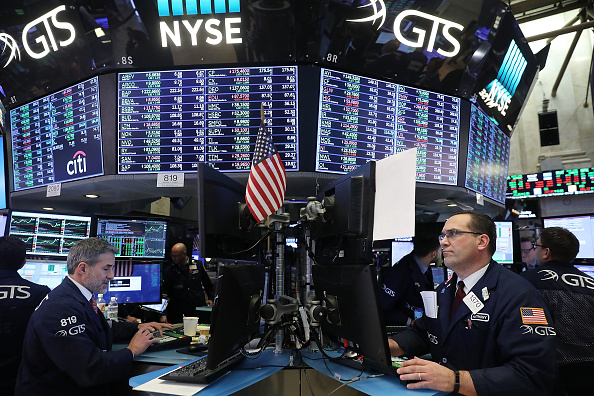Last week, the Chinese Communist Party launched a large-scale economic stimulus policy that caused a sudden surge in the Chinese stock market. On Monday, September 30, the Shanghai and Shenzhen 300 Index soared by over 8%, experiencing an unprecedented 26% surge in the past six trading days. This was a significant development even on Wall Street, but it did not significantly impact the American stock market indexes.
Bloomberg reported on Monday, September 30, that the surge in the Chinese stock market barely caught the attention of American traders. This is because China’s impact on the U.S. economic growth is limited, and there are doubts about whether the CCP can address China’s deep-rooted economic growth challenges. Previous attempts by the Chinese government to stimulate the economy have often ended in failure, leading to widespread skepticism about the CCP’s efforts.
On Monday, the U.S. stock market had a mixed performance, with the S&P 500 Index declining by 0.2%. This largely reflects the desire of U.S. asset traders to distance themselves from the speculative atmosphere in the Chinese stock market.
Following the series of loosening policies introduced by the CCP, some exchange-traded fund (ETF) investors have supplemented their holdings with funds listed in the U.S., investing in large Chinese enterprises and technology stocks. However, the enthusiasm for the Chinese stock market is primarily regional.
Mike Wilson, Chief U.S. Equity Strategist at Morgan Stanley, commented on the CCP’s stimulus policies, stating, “Will this significantly change the trajectory of U.S. economic growth? The answer is definitely no.”
Gina Martin Adams, Chief Equity Strategist at Bloomberg Intelligence, remarked, “Whether these sweeping measures can save China’s troubled real estate sector and alleviate consumer sluggishness remains unknown.”
In contrast, the U.S. stock market has seen a strong rebound throughout the year, benefiting from the steady rise of the S&P 500 Index in the artificial intelligence boom. The S&P 500 Index has hit over 40 historical highs this year. It currently stands 70% higher than its pre-pandemic peak.

